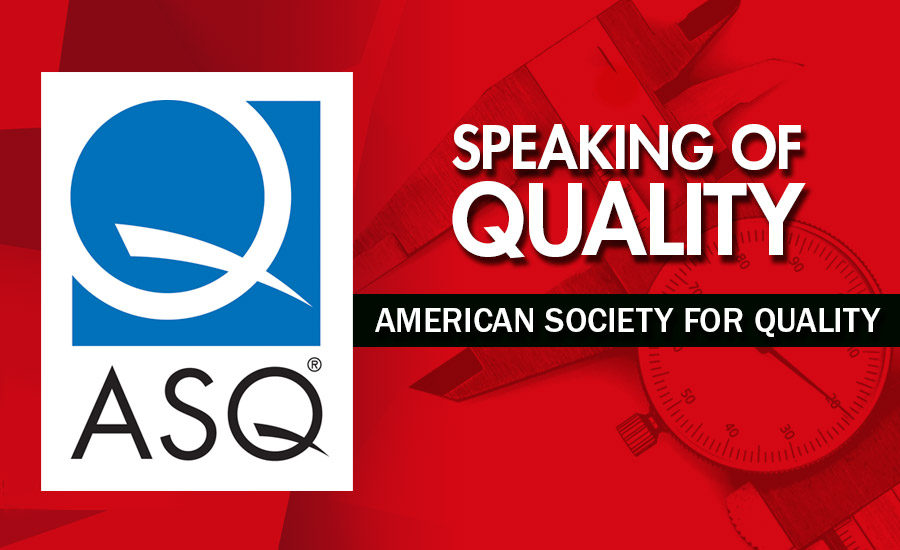Organizational Knowledge

Organizations have always been faced with making sure that they have the knowledge to carry out the work of the company. Sometimes referred to as “tribal knowledge,” organizations are frequently challenged with the obstacle that there is knowledge within the company that is not passed on or only available to one or a few people. This lack of knowledge could lead to ineffective performance of the quality management system.
To address this concern, the revision of ISO 9001:2015 incorporates the concept of organizational knowledge. This concept was studied and considered prior to the technical experts actually beginning the revision process. During the international survey in 2010, users of ISO 9001 were asked to consider potential concepts that might be incorporated into a revision. The concept of knowledge management was one of the areas where users saw a need for requirements in ISO 9001. This feedback evolved into the requirement of organizational knowledge. While organizations have always had to plan for these types of situations, ISO 9001:2015 now requires that this situation be managed. Annex A.7 in ISO 9001:2015 emphasizes that the reasons that an organization may need to acquire knowledge potentially related to staff turnover or not capturing or sharing information.
The requirement is very simple in its meaning in that organizations simply must determine the knowledge needed to ensure processes are operating in a manner that the organization can achieve conformity of products and services to ensure that they have the correct knowledge or to protect the knowledge that they have. This information must be maintained and made available whenever necessary. They also must acquire knowledge when they don’t have it.
While the organization must maintain the necessary information, there is no requirement that knowledge be maintained as documented information. There has been discussion related to how this is possible and how auditors will be able to confirm conformance without documented information. The best comparison to make for an ISO 9001 requirement similar to this is the requirement for management commitment. There has always been a requirement to demonstrate management commitment with no documented information requirement. Objective evidence is confirmed through interviews. It is anticipated that this will be similar to the requirement for organizational knowledge.
When reviewing the requirements related to organizational knowledge, users should ensure that they do not take the approach that the requirements in clause 7.2 competence are the same as those for organizational knowledge explained in clause 7.1.6. In simple terms, competence is the knowledge and skills that a person of the organization needs to possess in order to perform their job. Organizational knowledge is focused on the knowledge that the organization needs to have available to ensure that processes can be followed. It is possible that a person could meet competence requirements for the organization and still not have the needed knowledge.
For most organizations, they will find that they have processes in place that will meet this requirement. For example, succession planning or cross-training to ensure that employees are provided necessary knowledge prior to the departure of another employee. Organizations might also have methods in place such as lessons learned at the completion of the project or attending conferences to obtain additional knowledge.
Another method that most organizations have in place is documented information such as procedures, work instructions, or standardized work. This information typically includes the necessary steps to complete for specific processes. While ISO 9001:2015 does not require documented procedures unless the organization determines them to be necessary, these procedures frequently help to ensure that processes can be completed and are not dependent on a person to be available to perform a specific task.
There are also more innovative ways to capture needed information. This could include the use of a tool such as Wikipedia to capture information on an ongoing basis. Persons assigned to a project can collect this information in a single location for review or reference at a later time.
Consideration should be given to what the organization already does in implementing this requirement. Persons being interviewed will be required to convey these methods. The key to this requirement is to consider what the organization already has in place and not assume that the organization needs to adopt any new practices.
This requirement fulfills a known gap in the standard and provides users the opportunity to continue to add value to the organization’s quality management system while meeting requirements in ISO 9001:2015.
Looking for a reprint of this article?
From high-res PDFs to custom plaques, order your copy today!








